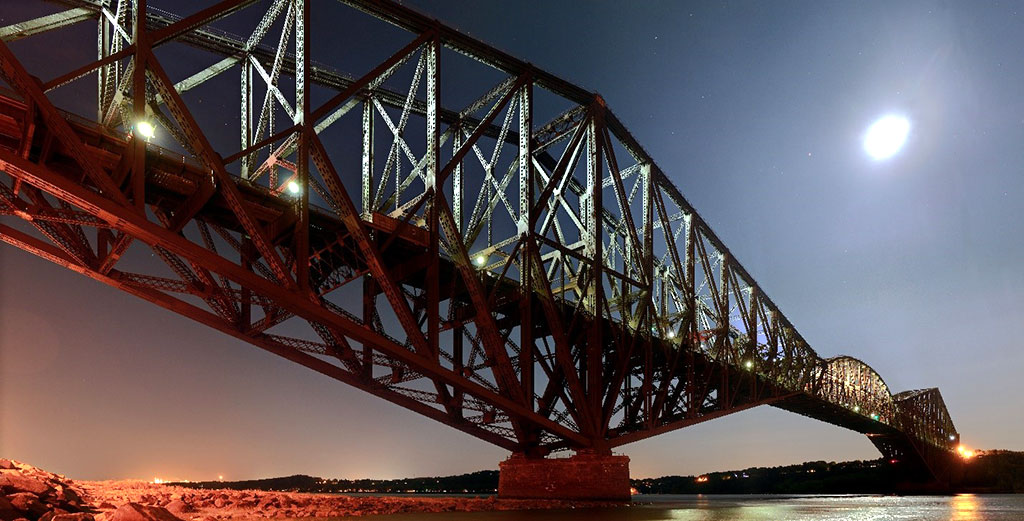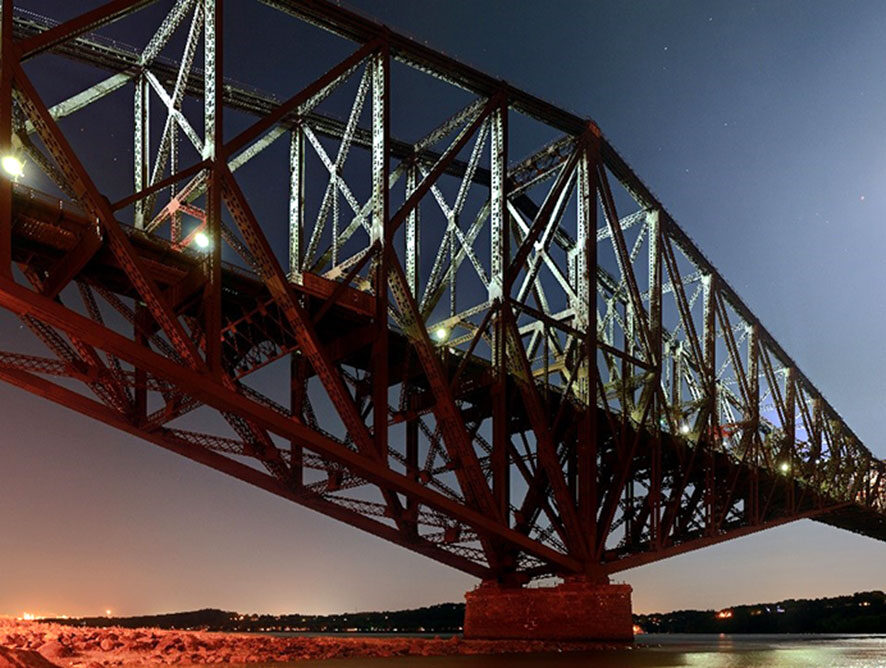
The practice of Engineering in Canada is a very dignified profession. Just like in any other country, engineers are considered to be at the forefront of development for each country’s future. In Canada, there is what engineers call The Iron Ring, which is given during the Iron Ring Ceremony.
The story behind the Iron Ring originated in 1900, when construction began high above the St. Lawrence River, on the Quebec Bridge that linked Winnipeg to Moncton on the National Trans-Continental Railway. As construction neared completion, on August 29, 1907, it collapsed under the weight of a locomotive loaded with steel. Seventy-five people were killed and a subsequent inquiry showed that the accident was due to an error in judgment by the engineers who designed the bridge. Tragedy struck again during the second attempt to build the bridge on September 11, 1916, when a new center span being hoisted into position fell into the river, killing 13 men. The bridge was finally completed in 1917 and the Prince of Wales (later Edward VIII) officially opened it on August 22, 1919. Contrary to popular belief, the first rings were not made from iron taken from the collapsed bridge. However, the collapse of the bridge led to the tradition of the Iron Ring to symbolize the humility and responsibility of engineers.
The Iron Ring is worn by many Engineers in Canada, and reminds those who wear it of their ethical obligations associated with the Engineering profession in the service of the public.
The idea of a ceremony for the Obligation of Canadian Engineers dates back to 1922 when seven past-presidents of the Engineering Institute of Canada attended a meeting in Montreal with other engineers. Rudyard Kipling responded to a call from the seven engineers with The Ritual of the Calling of an Engineer, to be administered by the Corporation of the Seven Wardens Inc. It was instituted with the simple end of directing newly qualified Canadian engineers toward a consciousness of their profession and its social significance and indicating to more experienced engineers their responsibilities in welcoming and supporting the newer engineers when they are ready to enter the profession.
The Obligation Ceremony is not connected to any other engineering organization nor any university, although many of them support the idea of the Obligation and may participate in the administration of the Ceremonies.
These Seven Wardens wanted to create a symbol as a reminder to the Engineer – and others – of the Engineer’s obligation to live by a high standard of professional conduct and to maintain humility.
Historically, Rings were wrought iron. Rings today are made of stainless steel. Obligated Engineers are asked to return their Ring after they leave active service as an Engineer and so several rings given to newly obligated Engineers have their part in the history of Engineering service in Canada.
The Iron Ring is presented to graduates and other qualified Obligants in a private ceremony, which is known as The Ritual of the Calling of an Engineer. The ceremony was developed with the help of Rudyard Kipling, the Nobel-prize winning English author, and poet. While the ceremony is not secret, it is a private function. Guests are asked not to take photographs or make recordings during the ceremony.
The Iron Ring has been registered and may be worn on the little finger of the working hand by any engineer who has been obligated at an authorized ceremony of the Ritual of the Calling of the Engineer. The ring symbolizes the pride which engineers have in their profession, while simultaneously reminding them of their humility. The ring serves as a reminder to the engineer and others of the engineer’s obligation to live by a high standard of professional conduct. It is not a symbol of qualification as an engineer – this is determined by the provincial and territorial licensing bodies.
The Quebec Bridge Above the St. Lawrence River
Photo credit Martin St-Amant
Martin St-Amant, CC BY-SA 3.0, https://commons.wikimedia.org/w/index.php?curid=11852066
Reference: https://www.camp6ironring.ca/
(ORIGINAL TEXT BY CAMP NO. 1, TORONTO) 91.07
https://www.thecanadianencyclopedia.ca/en/article/quebec-bridge-disaster-feature


